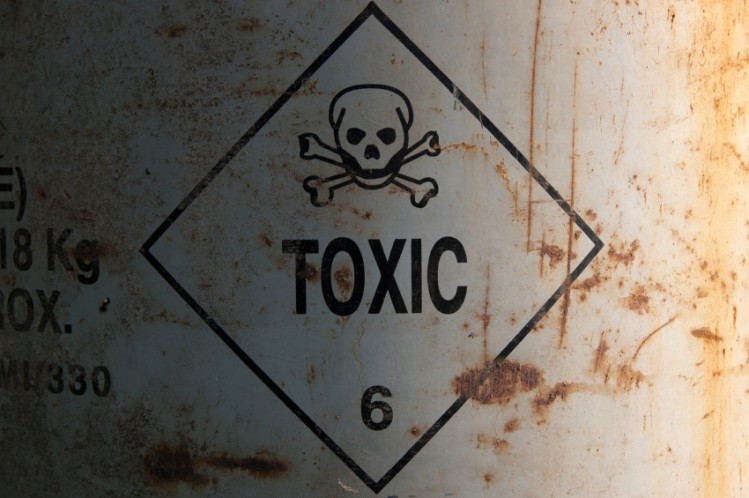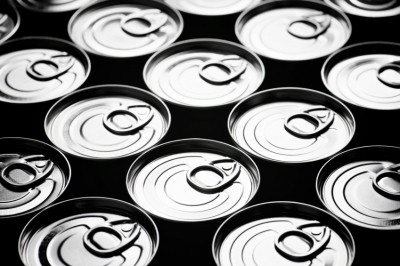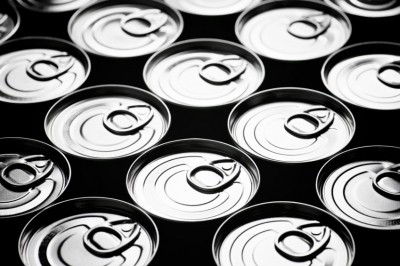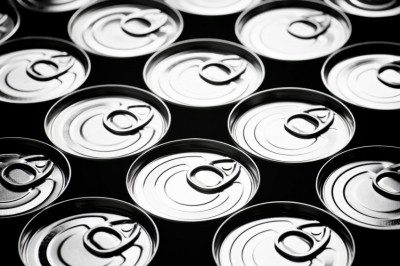Experts dismiss new study showing dangers of BPA

BPA is used widely in plastics and resins used for food packaging, often finding its way into food products in trace amounts.
The European Food Safety Authority (EFSA) has put BPA under review numerous times, but consistently found it poses no substantial risk to the public in levels commonly occurring in food.
New research from Stanford University indicates that exposure to BPA during pregnancy in mice leads to dysfunction of the immune system and development of diseases such as multiple sclerosis.
The dangers of BPA to infants and pregnant mothers are well known; the only exception to EFSA’s opinion deeming BPA safe is a 2011 ruling outlawing use of all BPA materials in infant formula bottles.
Last year, the Dutch president of the Council of the EU sent an ‘urgent’ request to EFSA to again reevaluate BPA following a report by the Dutch National Institute for Public and Environmental Affairs (RIVM) indicating the threshold for dangerous exposure levels should be set far lower.
'Irrelevant' findings?
The new findings at Stanford would appear to provide more evidence that any exposure to BPA during pregnancy is dangerous, but one notable expert has said the results are “at best phenomenology and of little if any relevance to human health”.
Dr. Warren Foster, professor of obstetrics and gynaecology at the school of biomedical engineering, McMaster University, explained that the levels of BPA administered to mice in the study was significantly higher than levels to which humans are exposed.
“In this study BPA (1-3 mg per kilogram of body weight per day) was administered to female mice throughout gestation by oral gavage. The United States Center for Disease Control and Prevention estimates that typical human daily intake of bisphenol A is approximately 50 ng/kg body weight/day. Therefore, the mice in this study received a dose of BPA that was conservatively 60,000 times greater than the human exposure.”
Foster said that even if the faster metabolic processes of mice were factored in, the proportions would be extreme relative to human exposure.
Professor Richard Sharp of the MRC Centre for Reproductive Health at the University of Edinburgh agreed with Foster. “Based on the exposures used for these mice studies, there would be no comparable autoimmune health risk to humans”.
“The lowest BPA dose used (1 mg per kilogram per day per pregnant mouse) translates to a human equivalent dose of 81 micrograms per kg per day, using established mouse-human conversion criteria (Reagan-Shaw 2008). Human BPA exposure across Europe (and in the US) is in the range of 20–40 nanograms per kg per day (Covaci 2015), which means that the highest (adult) human daily exposure to BPA is at least 2000 times lower than the lowest dose used in the mouse studies.”
Despite expert opinion, the EU published draft regulations for stricter limits on BPA which indicated could be introduced by March this year, though this is yet to surface.














